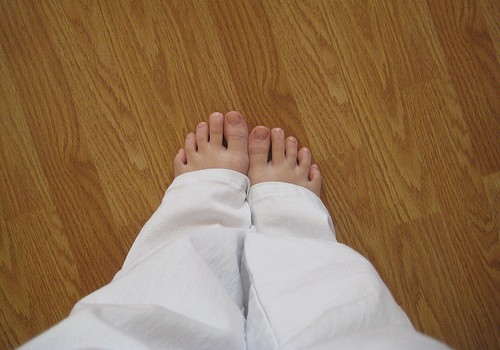
In addition, the psoas minor and the abdominal muscles contract eccentrically to prevent hyperextension of the lumbar spine. The main players to extend the spine in Warrior 2 are the spinal extensors while the internal oblique of the front leg side and the external oblique of the back leg side effect the forward rotation of the chest. Warrior 1 can also be practiced as a strong backbend. supination of the foot at the heel and pronation at the forefoot.the top of the sacrum tips backward and the bottom moves forward) counternutation of the sacroiliac joint (i.e.the top of the sacrum tips forward and the bottom tilts back) nutation of the sacroiliac joint (i.e.The front leg performs the following joint actions: When it comes to the lower limbs, it is necessary to examine the front leg and the back leg separately since they are in different positions. The shoulders are abducted as well and externally rotated and the elbows are slightly flexed. In the upper limbs, we see that the scapulae are abducted and upwardly rotated. Like in all warrior poses, the spine is extended in Warrior 1, with a slight rotation in the thoracic spine for the chest to face forward. What Is Your Body Doing In Warrior 1? 2.1. Learn proper alignment in Warrior 1 with Matt Giordano’s Essentials of Yoga on TINT. You can also tilt your head back and look up at your thumbs. Keep your head in a neutral position and gaze forward.Reach actively through the pinkie-finger sides of the hands toward the ceiling. With this lift in the chest, take the arms out and up over your head with the palms facing each other.Bring the backside of the front ribs forward while drawing the abdomen up and lifting the ribcage away from the pelvis.This means that the shin is perpendicular to the floor. With the back heel firmly rooted into the floor, bend the front knee so that it aligned over the ankle of the front foot.Keep the back leg engaged throughout this pose and let it be your anchor. As the back hip bone turns forward, press the head of the back thigh away to ground the back heel and lift from the inner arch.In this case, you can lift your back heel up and come into a high-lunge position instead or keep your feet hip-width distance apart as if on separate train tracks in order to keep your hips facing forward.

You should especially avoid this if you feel any pain in the hips, the knees or the lower back.

How Can You Make Warrior 1 a More Accessible Yoga Position?


 0 kommentar(er)
0 kommentar(er)
